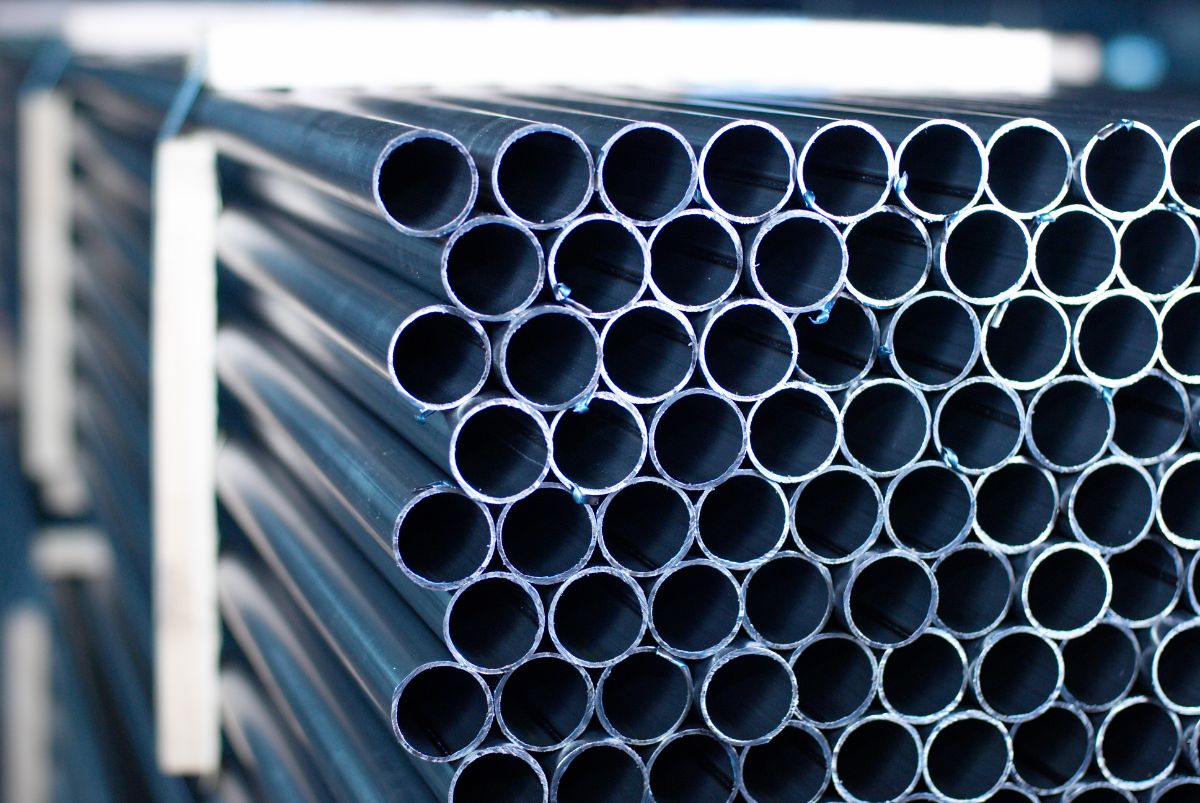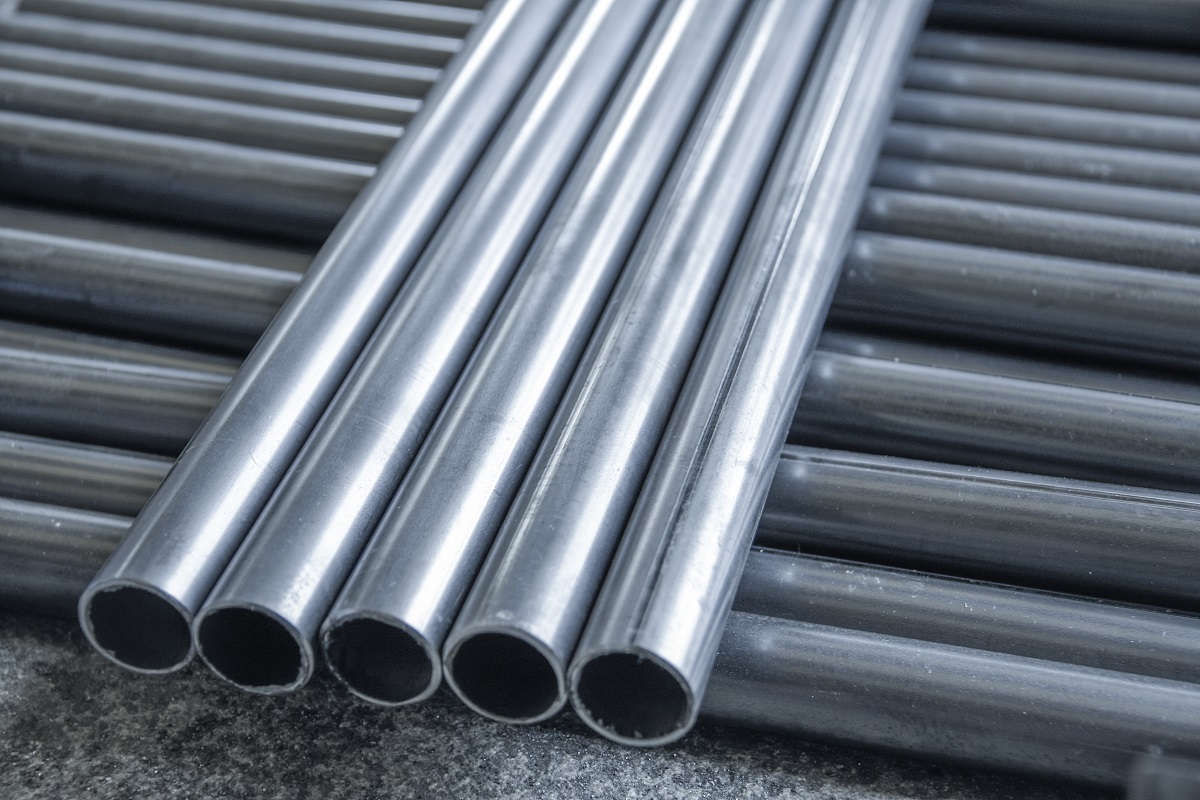
Seamless vs Welded Pipe: Which Is Better?
Which is better between seamless vs welded pipe?
- Manufacturing
- Strength
- Corrosion resistance
- Applications
Piping systems exist in almost any building or structure out there because of their innate usefulness. Whether they’re used to transport water or gas or for other structural purposes, you’ll find steel pipes on most construction sites. Pipe manufacturers do their best to meet the demands of the industry. They employ several methods to create different types of good-quality pipes. Because of this, companies find themselves wondering which is better between seamless vs welded pipe.
Seamless and welded pipes have many similarities. But as for pipe manufacturing processes, these two are commonly pitted against each other. Here, we’ll talk about their differences in several factors to help you make a more informed decision on which one is better. Keep reading for more!
Manufacturing

The main difference between seamless pipes and welded pipes is in the way they were manufactured. To put it simply, seamless pipes are single pieces of metal with no seam or crease, or weld joint. Welded pipes are metal products that start as a strip that would be roll-formed and then welded to form a tube. Here’s how they are both manufactured:
- Welded pipes: Welded pipes begin as skelps which are long ribbons of coiled steel. They would then be cut down to the desired dimensions until a flat rectangular sheet is left. These sheets would be fed to a rolling machine to curl the longer sides to each other and form a cylinder. For electric resistance welded (ERW) pipes, a high-frequency electric current would be passed between the edges to fuse them. No weld seam can be seen or felt after this process. For double submerged arc welding (DSAW) pipes, the weld bead would be seen but could be removed with additional processes. These pipes need to undergo heat treatment after manufacturing.
- Seamless pipes: A seamless pipe starts as a solid piece of steel called a billet. These billets are heated and then pierced with a mandrel to hollow them out. It will then be rolled and stretched until it meets the specifications that the customer ordered. Because they harden after manufacturing, some seamless pipes no longer need heat treatment. But some types still need heat treatment, so learn more about the type of pipe you’re making first.
The welded pipe manufacturing process has improved a lot over the years, making them less prone to corrosion and seam failure. Both seamless and welded pipes end up as a reliable part of the construction process, but different techniques are used to create them.
Strength
Thanks to its lack of a weld joint, seamless pipes are known to be very durable. It lowers the chances for corrosion and eliminates any weak spots along the tube. Seamless pipes are also generally heavy and thick-walled, contributing to their overall strength. A welded pipe’s working pressure is 20% less than that of a seamless pipe, and they need to be thoroughly tested before use to ensure that they won’t fail in the field. But because of the difficulty in manufacturing seamless pipes, their lengths are always shorter compared to welded pipes.
Welded pipes are typically lighter than seamless pipes. They also have tighter tolerances and are consistent in wall thickness, unlike seamless pipes which are not always consistent. Many innovations in the industry have also strengthened the weld joint more than what is historically known. Both are strong enough pipes — just pick the right one that fits better with your project!
Corrosion Resistance

Most customers will be worried about possible impurities in the pipe. That’s why seamless pipes are sometimes favored over welded pipes because it has no joint that could cause weakness or corrosion. The weld joint is considered to lessen the corrosion resistance of the product and create more dimensional variation than needed. If you manufacture an ERW pipe, however, the weld joint shouldn’t be an issue.
Applications
The two types of steel pipes being discussed here can be applied to many different industries based on their strengths and benefits. Seamless steel pipes have unique characteristics like being able to distribute weight evenly, withstand high temperatures and pressures, and others. This means they can be applied in industries such as chemical plants, hydraulics, nuclear power plants, water purification plants, medical equipment, oil and gas lines, and other similar applications.
On the other hand, welded pipes are ordered because they are cost-effective and can be manufactured in different shapes and lengths. Some industries that capitalize on this are architecture, aerospace, food and beverage processing, automotive, construction, and many more.
Key Takeaway
The debate between seamless vs welded pipe is an ongoing one because everyone’s needs are unique and changes are made every day. The answer to the question of which is better depends on your needs. Before making a decision, try reading the article again to see which fits your project best.
Whether you opt for seamless or welded pipes, you would still need to get it from a reputable company, like Supreme Pipe! We have been delivering top-of-the-line steel pipes to satisfy our customers since 1991. Check out the products that we offer, and inquire now if you’re interested!


